A collection of Zambia's principal natural landmarks, including national parks, waterfalls, and cultural sites, centered around the Victoria Falls region and major wildlife reserves.
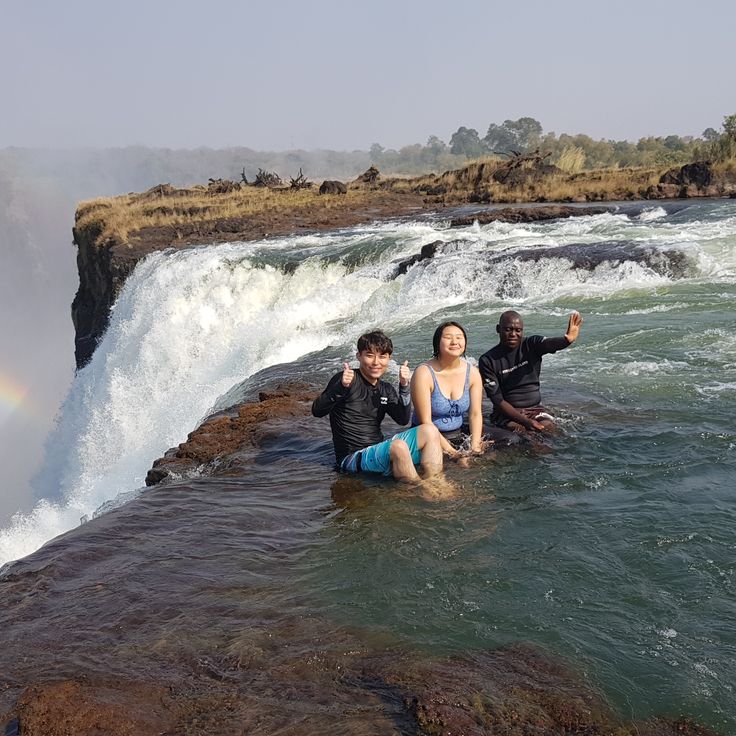
Livingstone, Zambia
A basin formed by rocks at Victoria Falls where visitors swim from August to January when water levels decrease.

Eastern Province, Zambia
Protected area with a high population of leopards, hippos and elephants along the Luangwa River, offering walking safaris through woodlands and savannas.
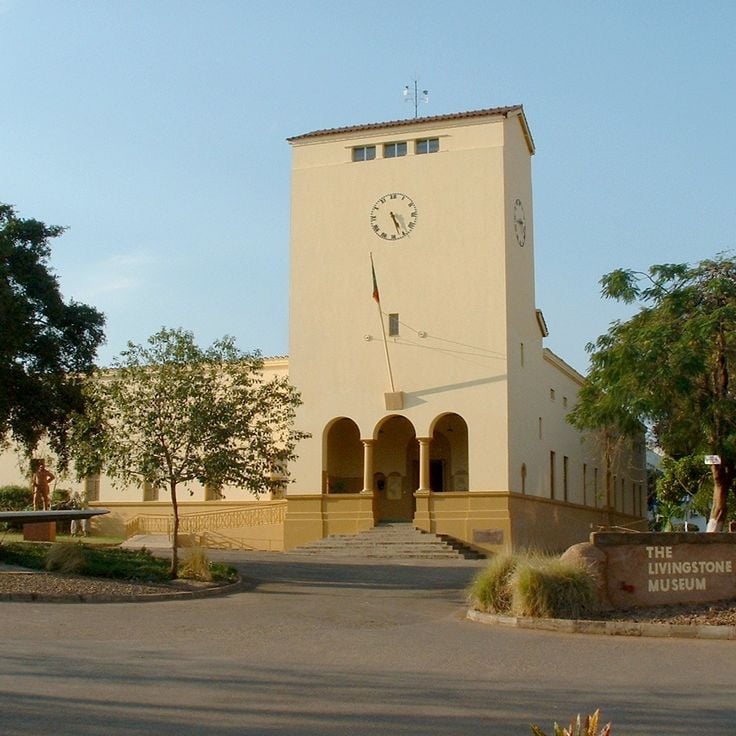
Livingstone, Zambia
National museum containing archaeological findings, ethnographic objects, and personal items from explorer David Livingstone, along with exhibits about Zambian independence.

Livingstone, Zambia
Open-air market where local vendors sell fresh produce, textiles, crafts, and household items. The market operates daily from sunrise to sunset.

Livingstone, Zambia
Waterfall on the Zambezi River measuring 1,708 meters wide and 108 meters high, forming the border between Zambia and Zimbabwe.

Livingstone, Zambia
Weekly outdoor market where local artisans sell wood carvings, textiles, jewelry, and baskets made using traditional methods and materials.
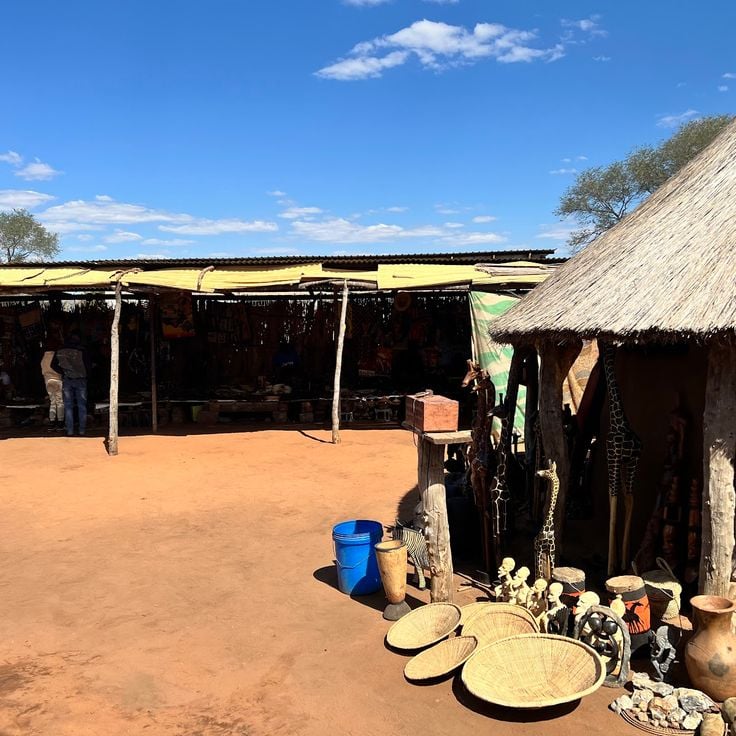
Livingstone, Zambia
Residential settlement of the Leya people, where visitors can observe daily activities, traditional ceremonies, and learn about local governance systems.
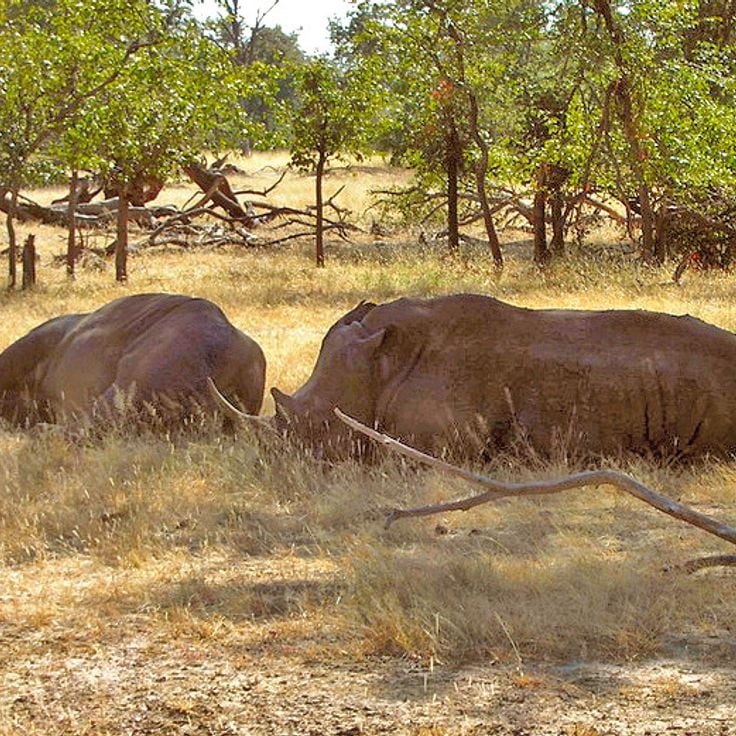
Livingstone, Zambia
Protected area measuring 66 square kilometers with white rhinos, zebras, giraffes and antelopes near Victoria Falls.
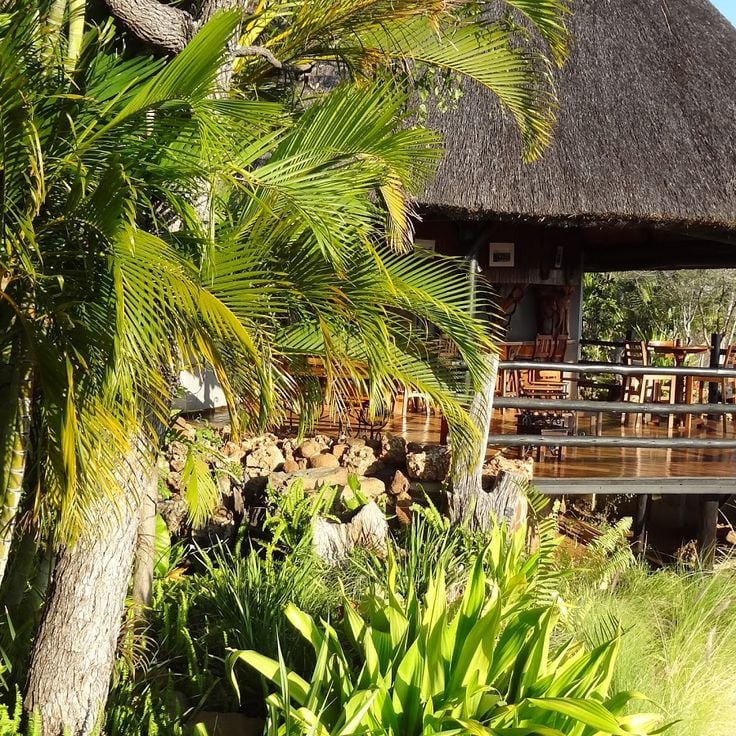
Livingstone, Zambia
Canyon stretching 120 kilometers along the Zambezi River, reaching depths of 120 meters. Location for water sports and eagle watching.

Lusaka Province, Zambia
Protected area of 4,092 square kilometers containing elephants, leopards, lions and buffalo along the northern bank of Zambezi River.
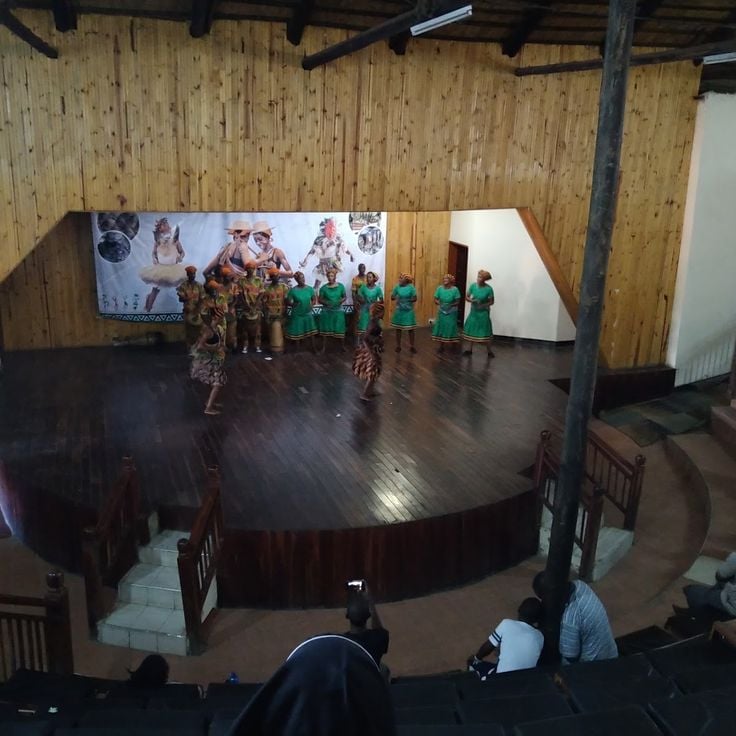
Livingstone, Zambia
Performance venue presenting Zambian music, dance, and art. The center organizes daily shows and workshops about local customs and traditions.
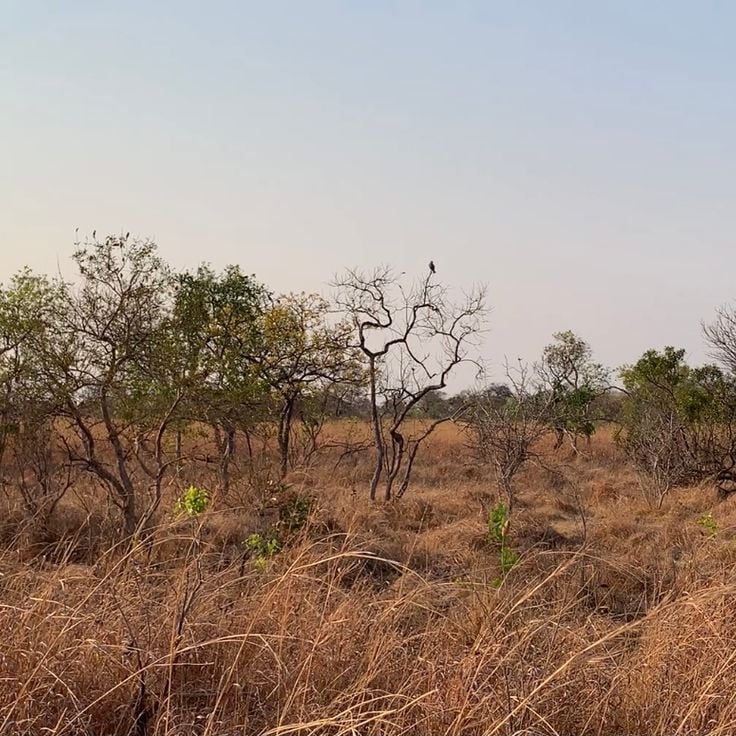
Western Province, Zambia
National park covering 22,400 square kilometers with savannas, woodlands, and rivers. Home to lions, leopards, elephants, and 500 bird species.
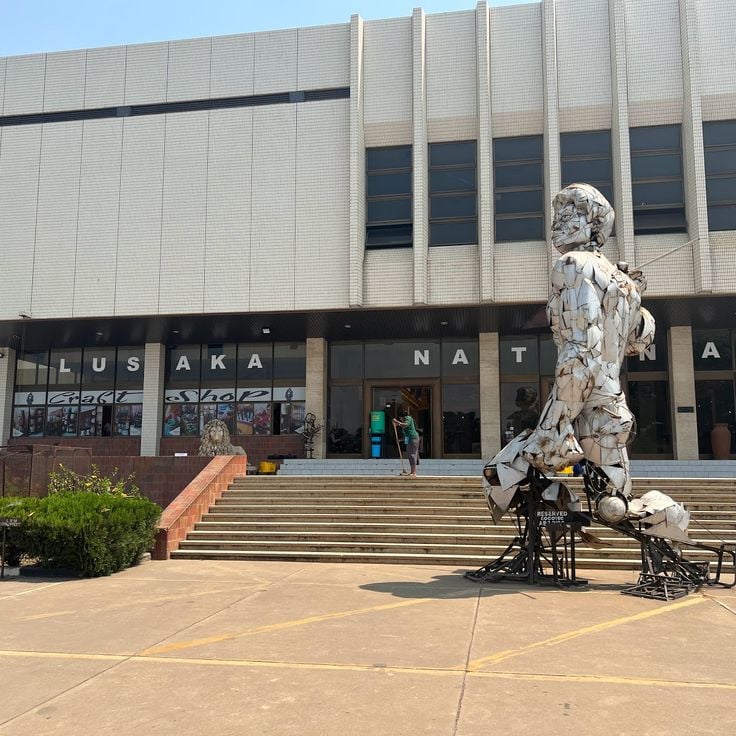
Lusaka, Zambia
Central museum presenting ethnographic artifacts, contemporary art pieces and material culture from various Zambian communities throughout history, with exhibitions of traditional crafts and tools.
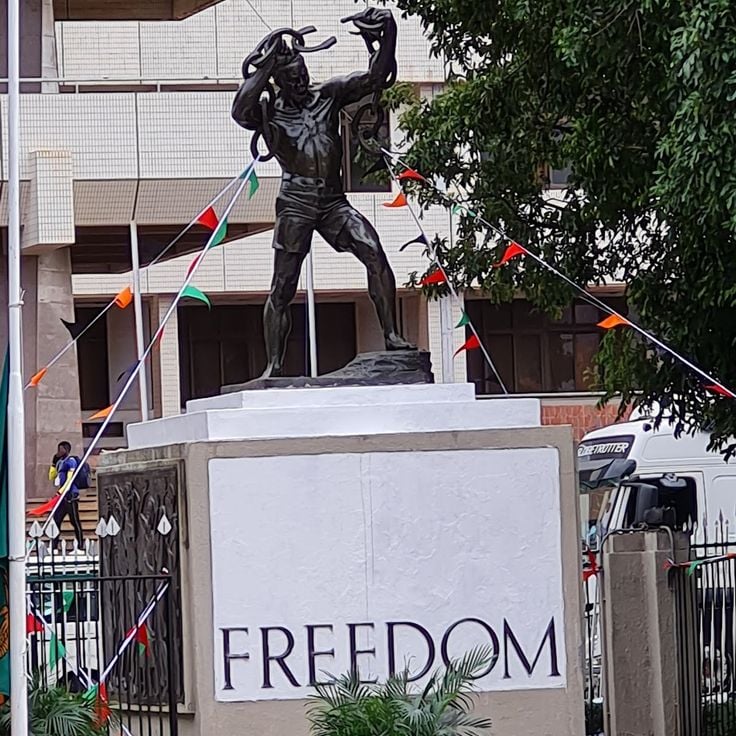
Lusaka, Zambia
Memorial monument located on Independence Avenue. Bronze statue representing a man breaking chains, built in 1974 to commemorate Zambian independence.
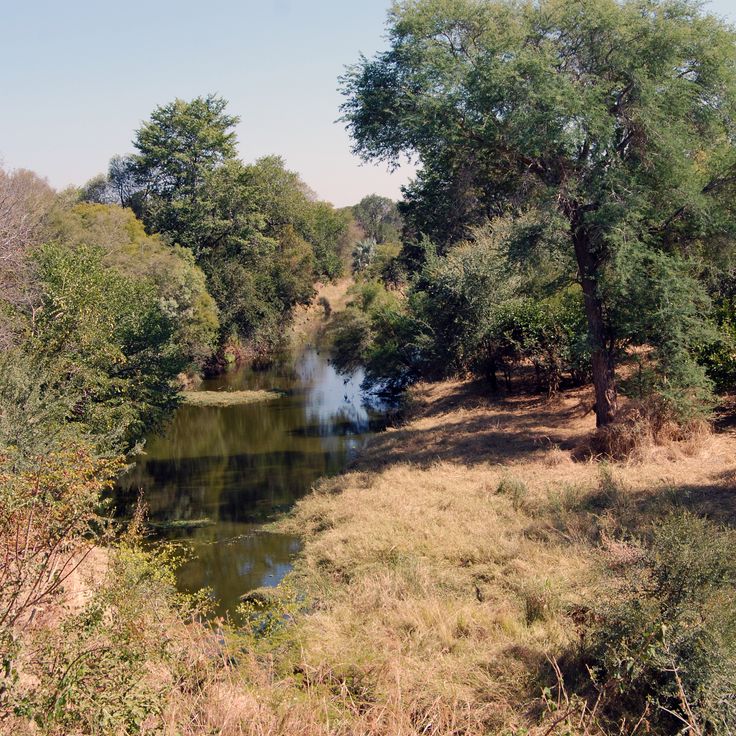
Zambia
Fourth largest river in Africa, flowing across 2700 kilometers from northwest to southeast. Home to hippos and crocodiles, supporting many fishing villages.
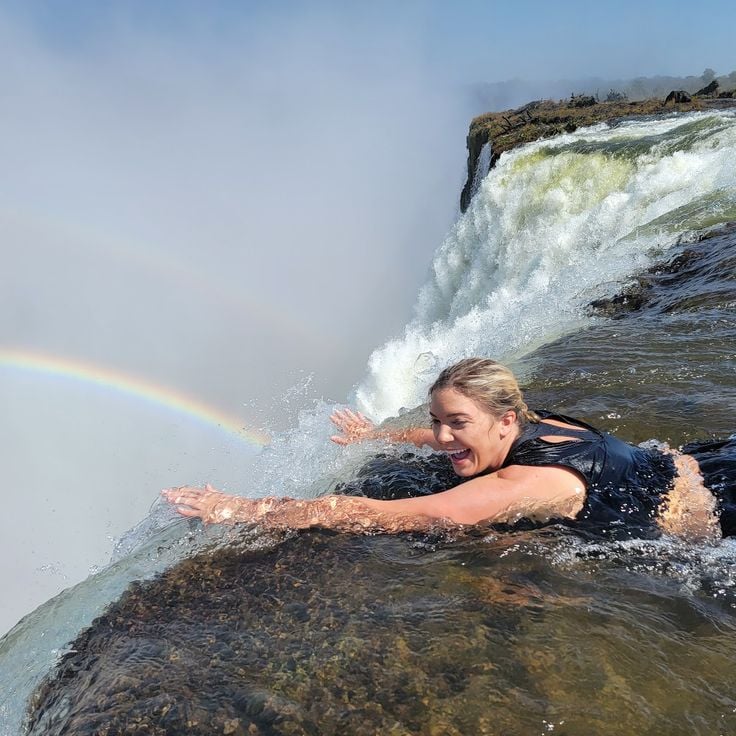
Livingstone, Zambia
Small island in the Zambezi River where David Livingstone first viewed Victoria Falls. Visitors can swim in natural pools near the waterfall edge.

Northern Province, Zambia
Second tallest uninterrupted waterfall in Africa, 221-235 meters high, with archaeological significance dating to 300,000 BC.

Samfya, Zambia
Large lake with surrounding wetlands, home to diverse bird species including Shoebill storks.
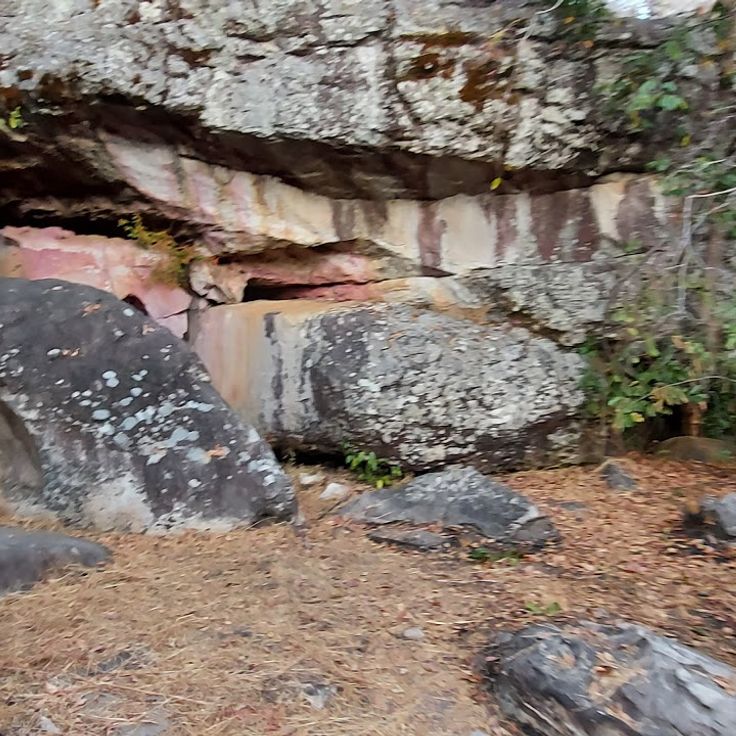
Northern Province, Zambia
Archaeological site with red and black paintings on granite walls depicting humans and animals, created thousands of years ago.
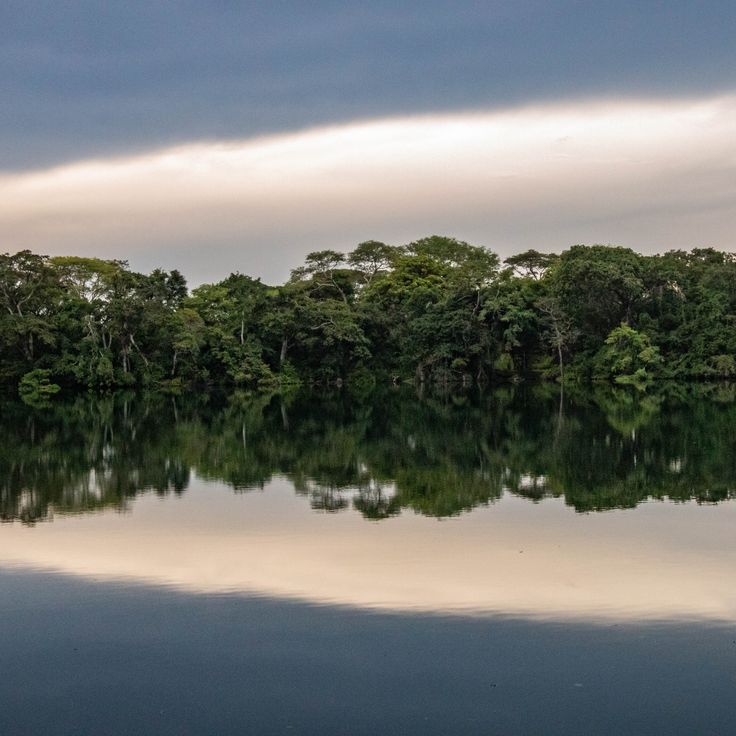
Copperbelt Province, Zambia
Deep blue lake formed in a sinkhole, measuring 220 by 160 meters with a depth of 100 meters.
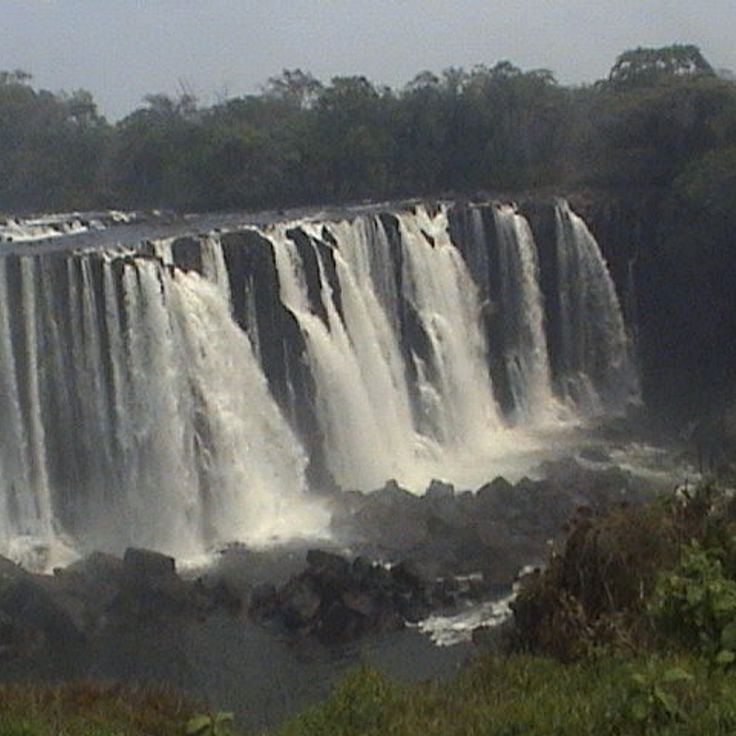
Central Province, Zambia
20 kilometer long canyon reaching depths of 500 meters and 1 kilometer width at the top.
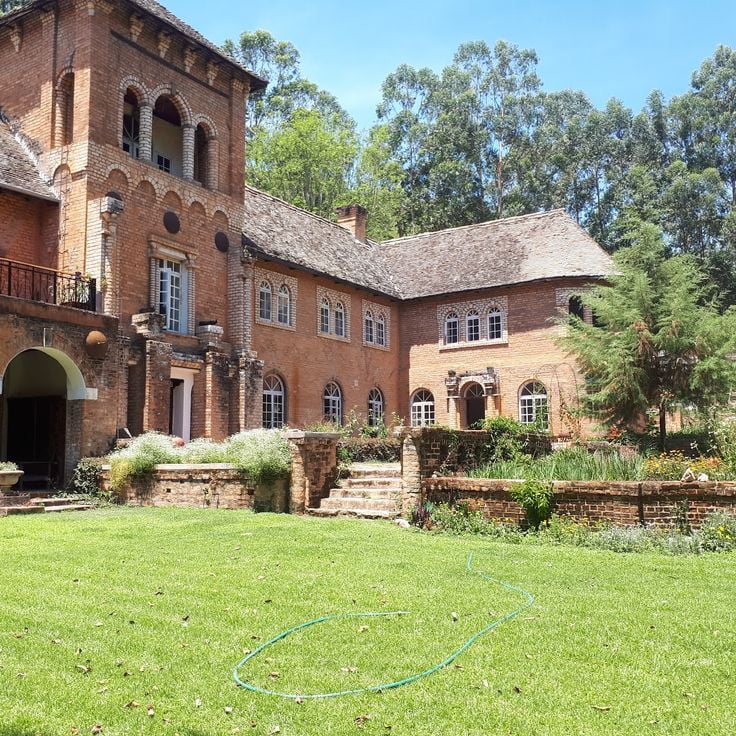
Northern Province, Zambia
English-style country estate built in the 1920s-1950s with gardens and historic architecture.

Western Province, Zambia
National park known for hosting the second largest wildebeest migration.
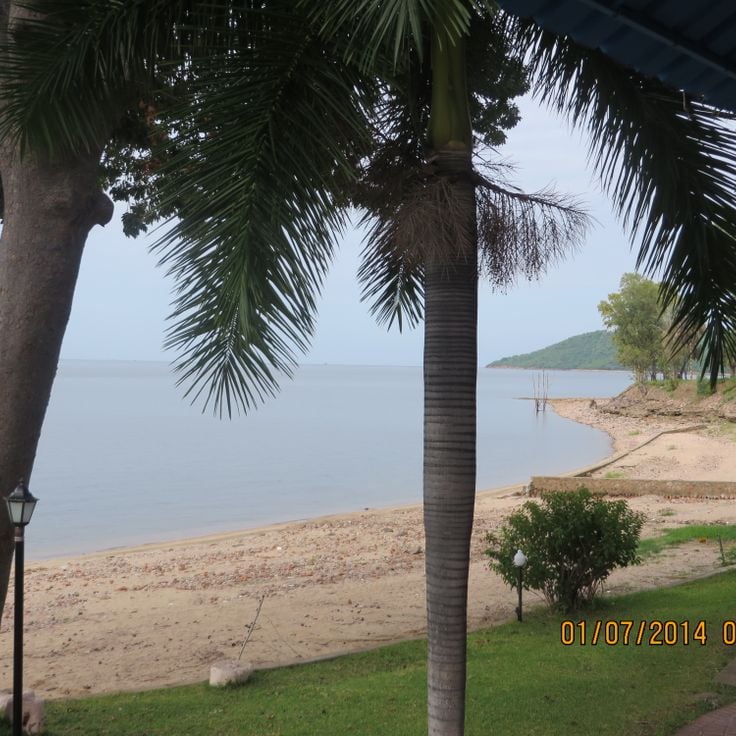
Southern Province, Zambia
Largest manmade reservoir in Zambia with designated swimming areas, wildlife viewing, and water activities.
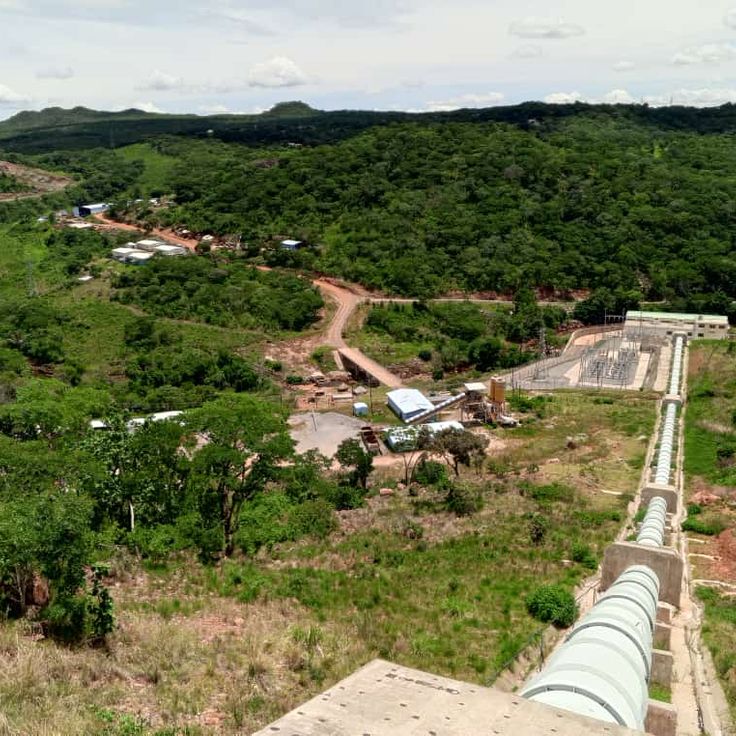
Northern Province, Zambia
Remote national park with limited access, known for walking safaris and black rhino conservation.
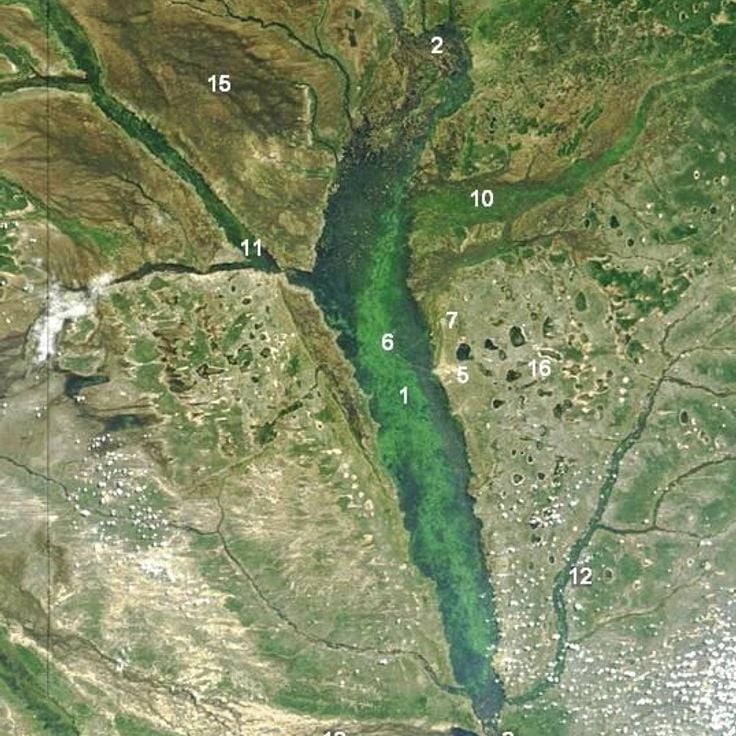
Western Province, Zambia
Traditional kingdom known for the Kuomboka ceremony, celebrating the royal household's seasonal move.

Central Province, Zambia
Small national park featuring annual fruit bat migration with millions of straw-colored fruit bats.
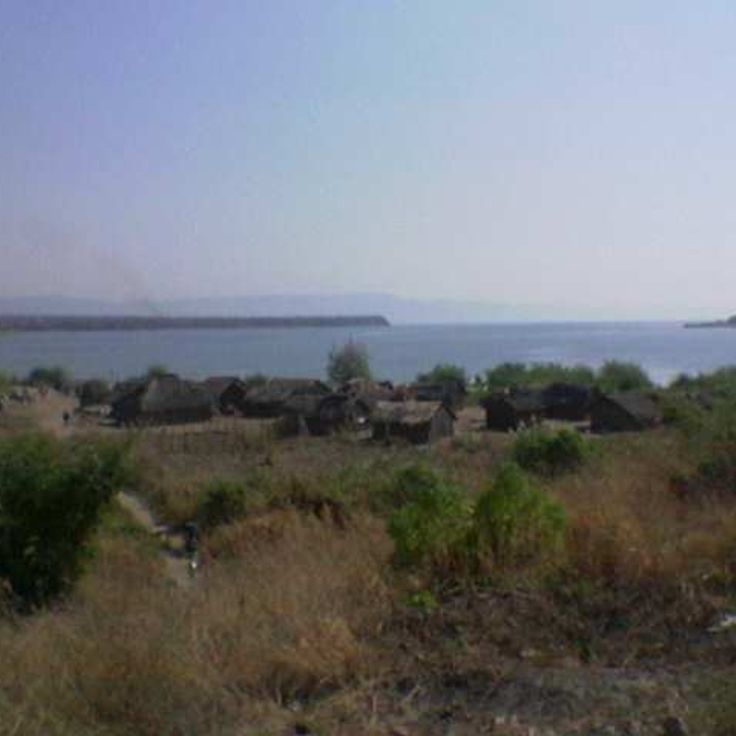
Northern Province, Zambia
Second deepest lake in the world with 350 fish species and World War I wreck site.